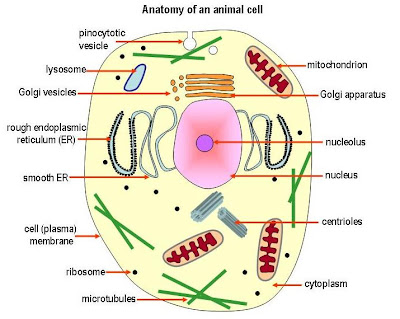Topographic Factors (Physiographic Factors): Topographic factors include height, direction and the steepness of slope.
1) Height or Altitude: Higher altitude

(mountains, hills, etc.) is characterised by low temperature, high velocity of wind, lower atmospheric pressure, high humidity and rainfall. The temperature decreases with the increase of height and the lower temperature favour the formation of clouds and rain. Thus, the mountains and hills are favourable for plant growth and causes different types of forest due to above climatic variations. However, at very high hills and mountains the water vapours directly condense into snow and cause poor vegetation.
2) Direction of the Slope: It is generally observed that the sunward direction of the slope is warmer compared to the opposite, because, the duration of sunlight is longest in sunward direction. It also gets good rainfall. Thus, the sunward directed slope possesses good vegetation whereas the vegetation is poor on the opposite direction due to little or no direct solar radiations.
3) Steepness of the Slope: The steepness of the slope allows rapid flow of rain water and causes water deficit. The rapid movement of water over the slopes cause erosion of the top soil and thus the vegetation disappears from the area. On the other hand plain soil surface sloe the water movement and allows to soak in the soil. It also receives sunlight for long duration. thus the less steepy area is best suitable for plant growth.





















